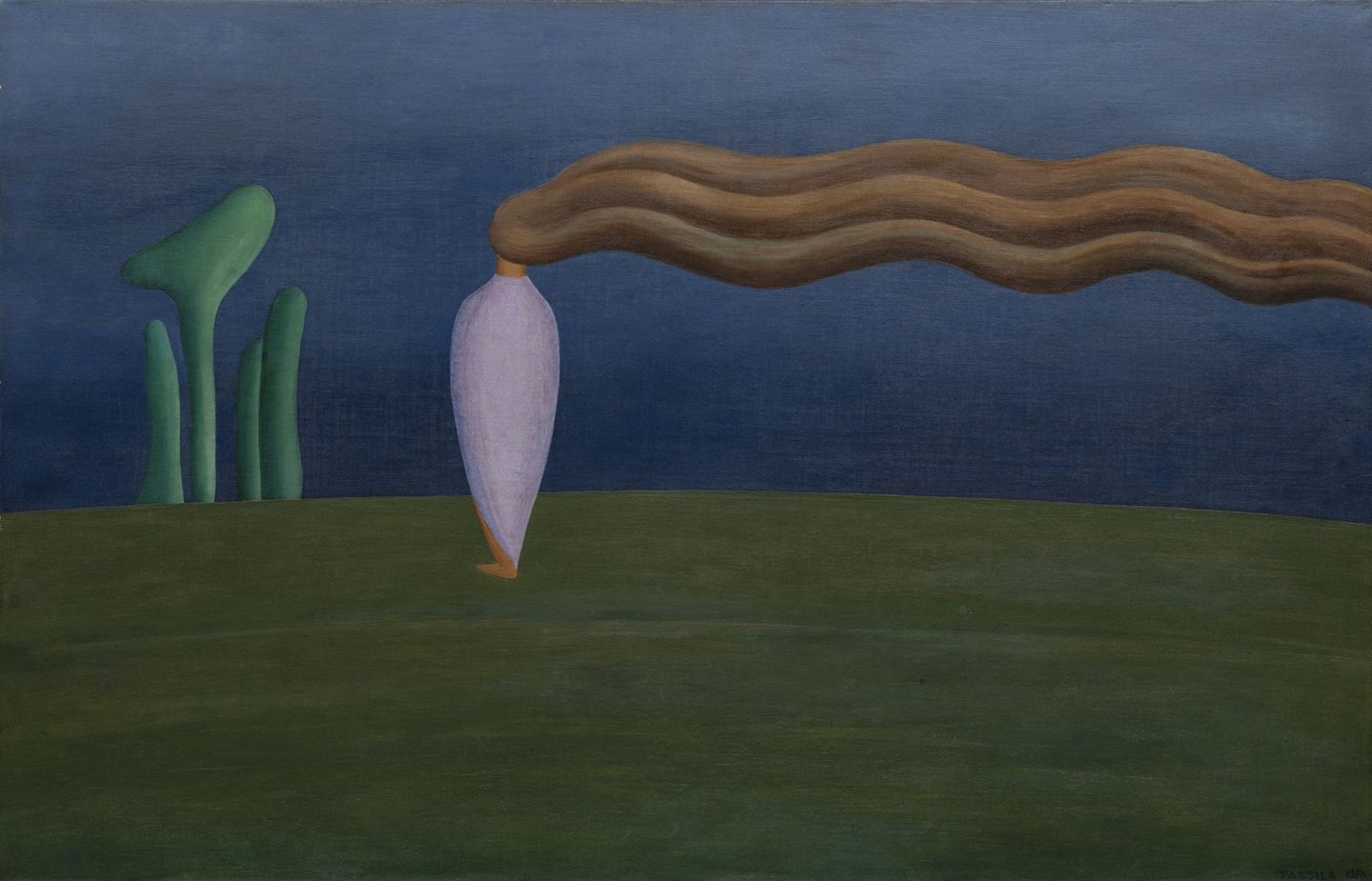Antonio Pigafetta, A primeira viagem ao redor do mundo: o diário da expedição de Fernão de Magalhães trans. Jurandir Soares Dos Santos (L & PM Historia, 1986).
Jean-Luc Nancy, Being Singular Plural, trans. Robert D. Richardson and Anne O’Byrne (Stanford University Press, 2009), 3.
Boris Groys, “Fundamentalism as a Middle Ground Between High and Mass Culture,” in Logic of the Collection (Sternberg Press, 2021), 72.
Groys, “Fundamentalism,” 74.
Groys, “Fundamentalism,” 74.
Groys, “Fundamentalism,” 75.
Karl Marx, The Eighteenth Brumaire of Louis Bonaparte, 1852, marxists.org →.
G. W. F. Hegel, The Philosophy of History, trans. J. Sibree (New York, 1900), 312–13. Quoted in Bruce Mazlish, “The Tragic Farce of Marx, Hegel, and Engels: A Note,” History and Theory 11, no. 3 (1972): 335.
Martin Heidegger, “The Origin of the Work of Art,” in Basic Writings, ed. David Farrell Krell (Harper Collins, 1993), 162.
Heidegger, “Origin of the Work of Art,” 172.
Heidegger, “Origin of the Work of Art,” 174.
Heidegger, “Origin of the Work of Art,” 187.
Heidegger, “Origin of the Work of Art,” 187.
Heidegger, “Origin of the Work of Art,” 166.
Heidegger, “Origin of the Work of Art,” 166.
Author note: This text was written throughout the now seemingly distant and blurry year of 2022. It was the year of the centenary of Brazil’s Modern Art Week and the bicentenary of the country’s independence. It was perhaps more dramatically the year of the presidential election that could have given Jair Bolsonaro a second term. Amid the confluence of these dates, and my desire to rid myself of a pressing need to address my home country in some way, I proceeded to write something that could be an autopsy of modernism as indistinguishable from a certain form of Brazilianity that has reached astronomical highs and bottomless, violent lows (like the one Bolsonaro dragged the country down into). But if my original intention was to complete this essay and then never write about my home country again, having arrived at some concluding thesis about whatever it is, was, and can be, I now see that this text is more a convulsed series of symptoms than any precise diagnosis. To the reader who has crossed this maze of untranslatability and reached here, it may point towards a further path that, like that of hopscotch, is to be crossed delicately and childishly. This path starts from all the wounds of this present, its wars and tyrants imprinted upon the farce of our identities, and unfolds within the Golgotha of history and it’s tautologies, beneath a sky whose unfathomable light we share, be it at the end of the world or its beginning.
